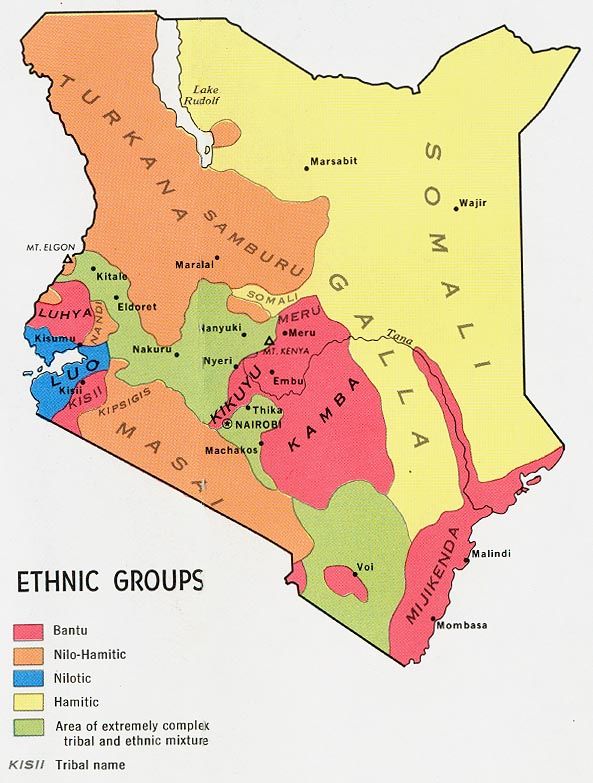You are using an out of date browser. It may not display this or other websites correctly.
You should upgrade or use an alternative browser.
You should upgrade or use an alternative browser.
Is Lamu somali?
- Thread starter Pipit
- Start date
How close are we to the Neolithic Kenyan pastoralists?It was originally Somaloid, but was taken over by Swahilis.
I think Lamu Swahilis have minor ethnic Somali/proto-Somali admixture.
Apollo
VIP
How close are we to the Neolithic Kenyan pastoralists?
Somalis don't really descend from them (maybe only a little bit, and mostly higher in Kenyan Somalis). They are basically Ancient Central Ethiopians who moved into Kenya while Somalis are from some other kind of ancient migration out of North Sudan, possibly via Eritrea and the Danakil that caused less Ethiopic affinities.
Isn’t it true that you’ve stated a while back that the Somali ethnicity could’ve likely formed by proto somalis that migrated from the north migrating down south and mixing with an earlier south cushitic group that inhabited the south?Somalis don't really descend from them (maybe only a little bit, and mostly higher in Kenyan Somalis). They are basically Ancient Central Ethiopians who moved into Kenya while Somalis are from some other kind of ancient migration out of North Sudan, possibly via Eritrea and the Danakil that caused less Ethiopic affinities.
Apollo
VIP
Isn’t it true that you’ve stated a while back that the Somali ethnicity could’ve likely formed by proto somalis that migrated from the north migrating down south and mixing with an earlier south cushitic group that inhabited the south?
Yeah, that's why it is a possible minor component, but not the major element.
Somalis don't really descend from them (maybe only a little bit, and mostly higher in Kenyan Somalis). They are basically Ancient Central Ethiopians who moved into Kenya while Somalis are from some other kind of ancient migration out of North Sudan, possibly via Eritrea and the Danakil that caused less Ethiopic affinities.
Not sure about this.
There is pretty strong archaeological evidence of them taking the same migration route but crossing the Danakill desert into Northern Somalia,
There substantially high Ethiopic affinities could be the result of them mixing with a group in North/Southern Somalia that had a high affinity towards Mota.
What clan is between nilotes, Bantus and Oromos lolNo, it's inhabited by Swahilis with some Kenyan Bantu migrant workers.

Apollo
VIP
Not sure about this.
There is pretty strong archaeological evidence of them taking the same migration route but crossing the Danakill desert into Northern Somalia,
Can you post some of that archaeological evidence?
Northern Somali territories probably had a very low population density due to its aridity, so did the Danakil region. Hence, my theory of little to no Paleo-Horn hunter-gatherers living there explaining the difference between most Ethiopians and Somalis.
The high HG in those early South Cushites is almost certainly mostly obtained in Ethiopia which likely supported dense HG populations. It is nearly a quarter to a third or more of their entire ancestry. That is simply too much to be obtained in a low density HG region.
Can you post some of that archaeological evidence?
The bulk source of publications is from the same man who conducted the Buur Heybe Excavations.
He found that in Northern Somalia pastoralists lived earlier than 3500BC considering Buur Heybe has evidence of goats during this time. The main evidence lies with the rock art and Bos taurus which is the cattle that were herded by Cushitic peoples and lived an agro-pastoralist lifestyle. They abandoned North Somalia by 4000BCE after it became too dry to live an agro-pastoralist lifestyle and migrated west creating the part-time pastoralists of the Awash River. Those that lived in Southern Somalia lived until at least 1000BCE considering that's the lastest evidence for cattle remains in Buur Heybe.
So what were are left with is evidence of a group that was only a few hundred years removed from the Proto-Cushities, with a clear migration route Sudan-Eritrea-Somalia-Kenya with rock art and animal remains that line up with other archaeological dates such as evidence of pastoralism in Kenya arriving during 3000BCE. Also, if they migrated through Ethiopia then why was Ethiopia from the highlands to the lowlands still inhabited by Mota like people. Where Pastoralists groups reach into contact with local hunter-gatherers, it almost always leads to those hunter-gatherers being killed off as there would have been high competition over resources in the Central and Southern Ethiopia but considering that not only Habesha but also Oromo and other cushities are highly Mota admixed indicates that the hunter-gatherer population still lived there and in large numbers. Alternatively, there is evidence of Hunter-gatherers in Somalia but no population continum nor admixture from them which would probably indicate they were killed off or completely absorbed by a group before Somalis came.
All this evidence leads me to conclude that South Cushities migrated through Somalia and not through Ethiopia.
Apollo
VIP
@EDsomali
That is interesting, but for all we know those Awash route folks could have been autosomally quite different from the Kenyan and Tanzanian early South Cushite genomes we have seen so far (more North Sudanese-like (or Afar-like), less Ethiopian-like (Oromo-like) making them quite different from the early South Cushites we know and the Iraqw.
Hence, the theory of those early South Cushites we have seen from KE and TZ could still mostly descend from the Ethiopia route. Their Paleo Horn HG admixture is simply too high for the Somalia route and I don't think modern Somalis will be that different from the earlier Cushites that lived there. Even if those Awash guys are South Cushitic speakers they will still be different genetically most likely. You got East Cushitic speakers like the Daasanach who are extremely different from all other East Cushitic speakers.
As for why hunter-gathers still survived in Ethiopia for a long time? Well, Ethiopia is quite mountainous and has many valleys, caves, or ecological niches for HGs to thrive out of sight of agro-pastoralists. The Hadza still survive living near the Iraqw, so warfare is not always necessary to drive out HGs.
That is interesting, but for all we know those Awash route folks could have been autosomally quite different from the Kenyan and Tanzanian early South Cushite genomes we have seen so far (more North Sudanese-like (or Afar-like), less Ethiopian-like (Oromo-like) making them quite different from the early South Cushites we know and the Iraqw.
Hence, the theory of those early South Cushites we have seen from KE and TZ could still mostly descend from the Ethiopia route. Their Paleo Horn HG admixture is simply too high for the Somalia route and I don't think modern Somalis will be that different from the earlier Cushites that lived there. Even if those Awash guys are South Cushitic speakers they will still be different genetically most likely. You got East Cushitic speakers like the Daasanach who are extremely different from all other East Cushitic speakers.
As for why hunter-gathers still survived in Ethiopia for a long time? Well, Ethiopia is quite mountainous and has many valleys, caves, or ecological niches for HGs to thrive out of sight of agro-pastoralists. The Hadza still survive living near the Iraqw, so warfare is not always necessary to drive out HGs.
@EDsomali
That is interesting, but for all we know those Awash route folks could have been autosomally quite different from the Kenyan and Tanzanian early South Cushite genomes we have seen so far (more North Sudanese-like (or Afar-like), less Ethiopian-like (Oromo-like) making them quite different from the early South Cushites we know and the Iraqw.
Hence, the theory of those early South Cushites we have seen from KE and TZ could still mostly descend from the Ethiopia route. Their Paleo Horn HG admixture is simply too high for the Somalia route and I don't think modern Somalis will be that different from the earlier Cushites that lived there. Even if those Awash guys are South Cushitic speakers they will still be different genetically most likely. You got East Cushitic speakers like the Daasanach who are extremely different from all other East Cushitic speakers.
As for why hunter-gathers still survived in Ethiopia for a long time? Well, Ethiopia is quite mountainous and has many valleys, caves, or ecological niches for HGs to thrive out of sight of agro-pastoralists. The Hadza still survive living near the Iraqw, so warfare is not always necessary to drive out HGs.
I don't disagree with the assessment that the Awash groups were different from South Cushities genetically, rather the point I was trying to make was them being evidence of Pastoralist leaving Northern Somalia.
I still think that the timings make for an easy migration from Sudan to Somalia to Kenya. Also the timings are important as evidence of rock art in Somalia is only a few hundred years removed from the Proto-Cushites but also older than the migration of Eastern Cushities into the Horn from Sudan so either the group in Somalia was South Cushites or a genetically similar population that took a different migration route but I still favour the former over the latter.
You don't have permission to view the spoiler content.
Log in or register now.
Trending
-
-
This African guy is spreading a significant amount of historical disinformation, driven by his hatred for Somalis.
- Started by Fobnimo Till I Dhimo
- Replies: 21
-

